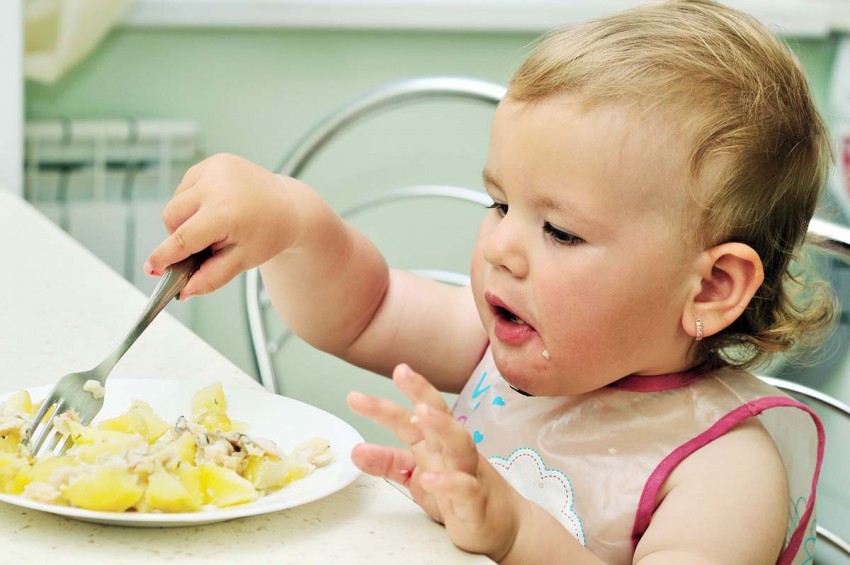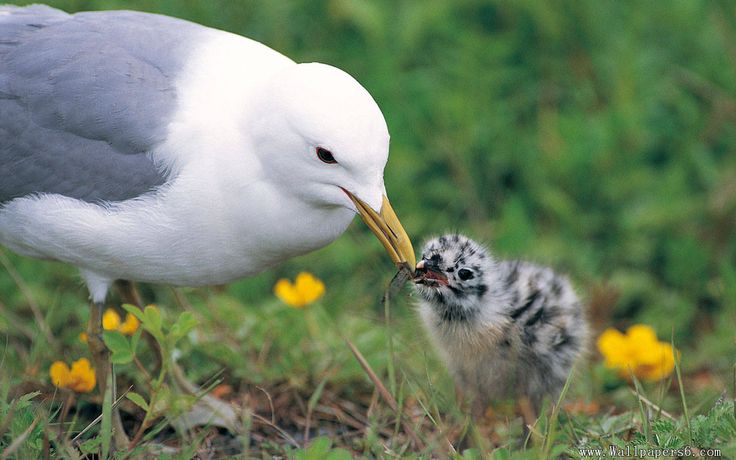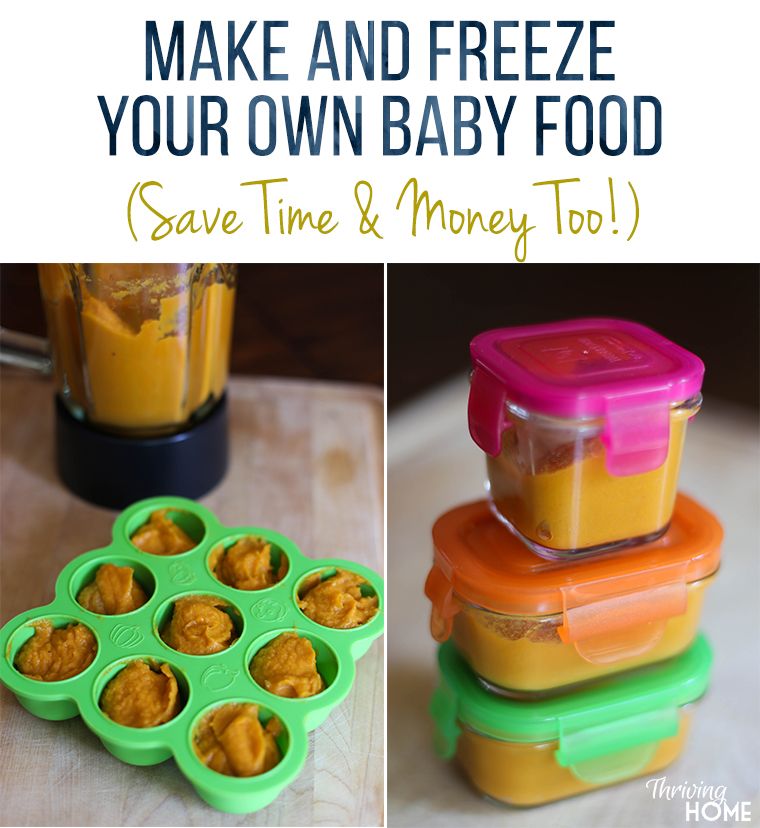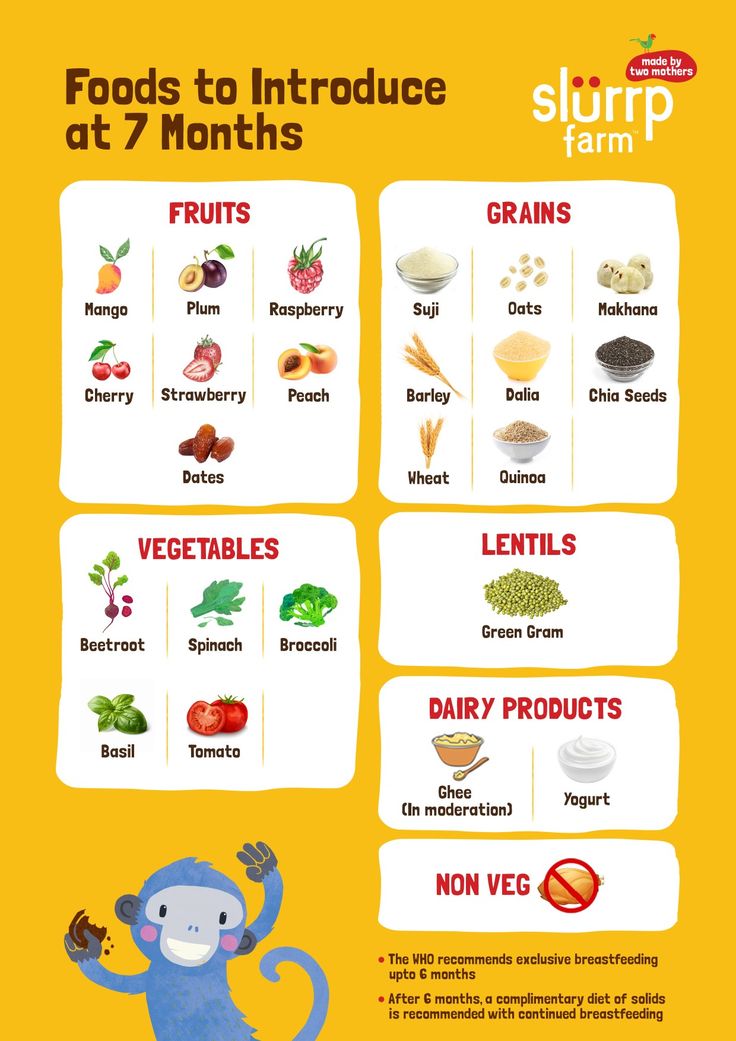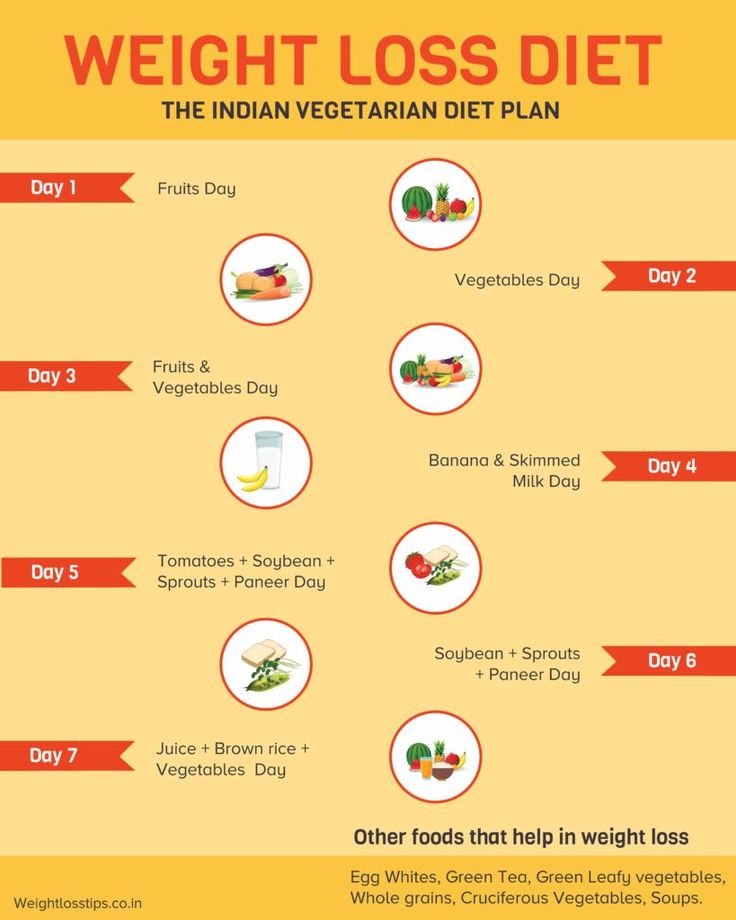Baby feeding menu
Sample Menu for a Baby 8 to 12 Months Old
Log in | Register
Ages & Stages
Ages & Stages
Listen
Español
Text Size
Now that your baby is eating solid foods, planning meals can be more challenging. At this age, your baby needs between 750 and 900 calories each day, of which about 400 to 500 should come from
breast milk or formula (if you are not breastfeeding)—roughly 24 ounces (720 mL) a day. Breast milk and formula contain vitamins, minerals, and other important components for brain growth.
At about eight months, you may want to introduce foods that are slightly coarser than strained pureed foods. They require more chewing than baby foods. You can expand your baby's diet to include soft foods such as yogurt, oatmeal, mashed banana, mashed potatoes, or even thicker or lumpy pureed vegetables. Eggs (including scrambled) are an excellent source of protein, as are cottage cheese, Greek yogurt, and avocado.
Sample menu ideas for an 8- to 12-month-old baby:
1 cup = 8 ounces = 240 ml
¾ cup = 6 ounces = 180 ml
½ cup = 4 ounces = 120 ml
¼ cup = 2 ounces = 60 ml
Breakfast
2 to 4 ounces cereal, or 1 mashed or scrambled egg
2 to 4 ounces mashed or diced fruit
Breastmilk or 4 to 6 ounces formula
Snack
Lunch
2 to 4 ounces yogurt or cottage cheese, or pureed or diced beans or meat
2 to 4 ounces cooked pureed or diced yellow or orange vegetables
Breastmilk or 4 to 6 ounces formula
Snack
Dinner
2 to 4 ounces diced diced poultry, meat, or tofu
2 to 4 ounces cooked green vegetables
2 to 4 ounces cooked soft-whole grain pasta or potato
2 to 4 ounces diced or mashed fruit
Breastmilk or 4 to 6 ounces formula
Before bedtime
Breastmilk or 6 to 8 ounces formula, or water.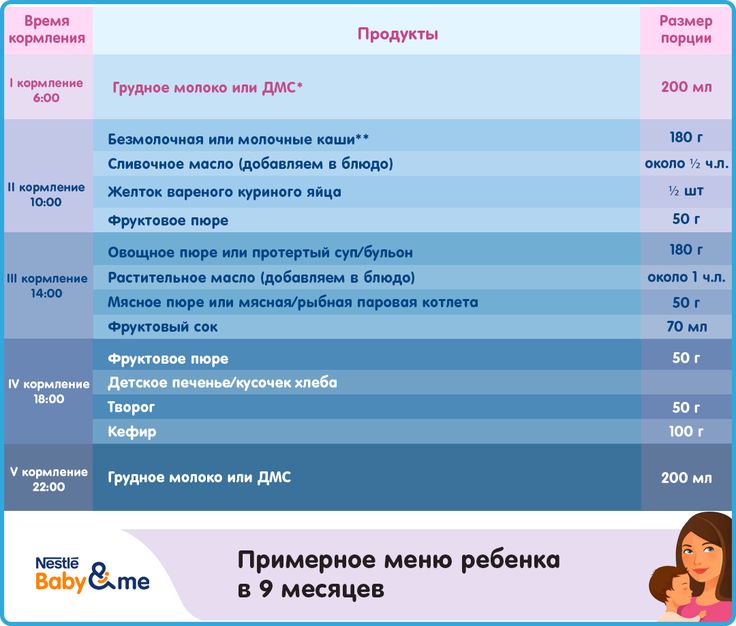 (If breastmilk or formula, follow with water or
brush teeth afterward).
(If breastmilk or formula, follow with water or
brush teeth afterward).
More information
- Sample Menu for a One-Year-Old
- Starting Solid Foods
- Breastfeeding Mealtime Milestones
- Ask the Pediatrician: Is it OK to make my own baby food?
- Last Updated
- 8/12/2022
- Source
- Caring for Your Baby and Young Child: Birth to Age 5 7th Edition (Copyright © 2019 American Academy of Pediatrics)
The information contained on this Web site should not be used as a substitute for the medical care and advice of your pediatrician. There may be variations in treatment that your pediatrician may recommend based on individual facts and circumstances.
Sample Menu for a 1-Year-Old Child
Ages & Stages
Listen
Español
Text Size
Babies and young toddlers should get about half of their calories from fat.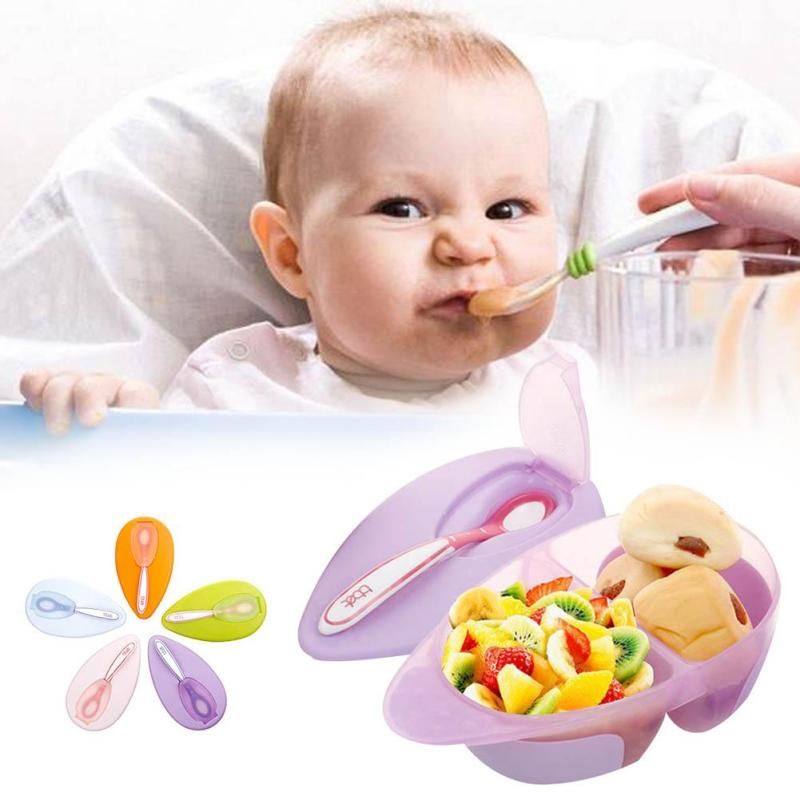 Healthy fats are very important for normal growth and development at this stage of their development.
Healthy fats are very important for normal growth and development at this stage of their development.
All fats are not created equal, though. Healthy fats like those found in avocado, olive oil, fish, nut butters, and dairy are good for your child (and you). Unhealthy fats such as those found in fried foods, fast foods and many packaged foods are not healthy at any age. If you keep your child's daily caloric intake at about 1,000 calories, you needn't worry about overfeeding and risk of weight gain
Here is a sample menu for a one-year-old child who weighs about 21 pounds (9.5 kg):
1 cup = 8 ounces = 240 ml
1 ounce = 2 tablespoons = 30 ml
½ ounce = 1 tablespoon = 15 ml = 3 teaspoons
1 teaspoon = ¹⁄³ tablespoon = 5 ml
BREAKFAST
½ cup iron-fortified breakfast cereal or 1 cooked egg
½ cup whole or 2% milk
½ banana, sliced
2 to 3 large sliced strawberries
SNACK
1 slice toast or whole-wheat muffin with 1–2 tablespoons cream cheese or peanut butter, or ½ cup yogurt with cut-up fruit
Water or ½ cup whole or 2% milk
LUNCH
½ sandwich: sliced turkey or chicken, tuna, egg salad or peanut butter
½ cup cooked green vegetables
½ cup whole or 2% milk
SNACK
1 to 2 ounces cubed or string cheese, or
2 to 3 tablespoons fruit or berries
Water or ½ cup whole or 2% milk
DINNER
2 to 3 ounces cooked meat, ground or diced
½ cup cooked yellow or orange vegetables
½ cup whole-grain pasta or potato
½ cup whole or 2% milk
Remember
Talk with your child's pediatrician if you have any questions or concerns about your baby's diet.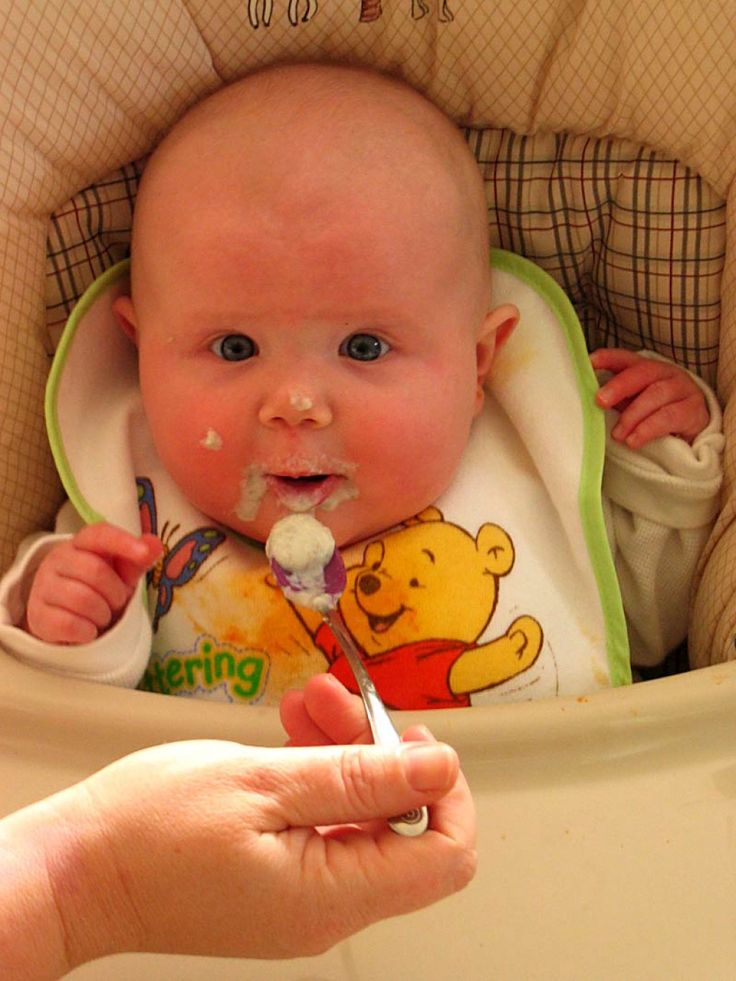
More information
- Discontinuing the Bottle
- Unsafe Foods for Toddlers
- Selecting Snacks for Toddlers
- Water & Juice
- Last Updated
- 8/12/2022
- Source
- Caring for Your Baby and Young Child: Birth to Age 5 7th Edition (Copyright © 2019 American Academy of Pediatrics)
The information contained on this Web site should not be used as a substitute for the medical care and advice of your pediatrician. There may be variations in treatment that your pediatrician may recommend based on individual facts and circumstances.
Menu for a child - Encyclopedia Baby food
Levchuk Victoria© It is always very difficult for parents to make a menu for a child. Moreover, most pediatricians believe that the child's menu should be balanced in order to fully provide the child with all the necessary nutrients. Let's look at what a menu is, how to compose it, what you should pay attention to in the menu for a child from 0 months to 14 years old.
Let's look at what a menu is, how to compose it, what you should pay attention to in the menu for a child from 0 months to 14 years old.
What is a menu?
Contents:
Menu is a list of recipes and dishes for a balanced wholesome diet for every day. The menu for the child should include 3 main meals and 2 snacks. Each meal is a building block in shaping a child's healthy eating style. How parents will feed the child depends on his future preferences in self-selection of food and nutrition.
The menu is prepared for adults and children. As an example, in educational institutions, children are fed on a children's menu, which is prepared taking into account the average needs of a relatively healthy audience.
Where is a children's menu usually required?
Children's menus are prepared in kindergartens and schools, and can also be offered in canteens, restaurants and cafes. Although it is rare for children to be offered healthy food in recent establishments, most likely these are foods that children will 100% eat. As usual, demand creates supply. And modern children love pizza, hot dogs and cola.
As usual, demand creates supply. And modern children love pizza, hot dogs and cola.
Menus can be different, we list the main menus for a child:
- Menu for a healthy child of different age groups
- A treatment menu focused on preventing a disease or improving the course of a disease
- A seasonal menu that takes into account the peculiarities of growing fruits and vegetables in the region where the family lives
- Menu for an allergic person also belongs to the treatment menu, but we will highlight it separately. The menu includes only products that can be eaten by the baby, without negative consequences for the baby's body
- Menu for pregnant and lactating mothers, I would also like to separately note.
- There are also food oriented menus, dairy menus or iron menus, etc.
- There is also a menu with one, two, three, four and five meals a day
- We also note the kindergarten menu, which is compiled according to SanPin standards with the support of the Ministry of Education.
 In each region of our great motherland, this menu will be different, sometimes the menu differs within the same city, because there are private kindergartens where parents pay for children's food in a larger volume than in an ordinary kindergarten.
In each region of our great motherland, this menu will be different, sometimes the menu differs within the same city, because there are private kindergartens where parents pay for children's food in a larger volume than in an ordinary kindergarten.
But seriously, the menu for a child in pediatrics is divided into only 2 types, which in turn are compiled into different age groups:
- Medical menu;
- Menu for a healthy child.
The medical menu is also compiled according to diseases, because not all products can be eaten. Therefore, there are medical tables or diets, there are about 15 of them, was compiled by Professor M.I. Pevznerov, who worked in the USSR in the field of dietetics and gastroenterology. These treatment tables are general recommendations, but there are also menus or diets designed for specific diseases, examples are given below.
How to make a menu for a child
I know from my own experience that it is simply not possible to use someone else's menu. Therefore, you will have to spend a couple of days compiling your family’s menu, and you will have to do this every quarter for a year, but then it will be easier to modify it. If there is already a family menu, according to which a balanced diet is prepared, and food is purchased for a week and a month, then it will not be difficult to make a menu for the baby.
Therefore, you will have to spend a couple of days compiling your family’s menu, and you will have to do this every quarter for a year, but then it will be easier to modify it. If there is already a family menu, according to which a balanced diet is prepared, and food is purchased for a week and a month, then it will not be difficult to make a menu for the baby.
To begin with, if a child is introduced to complementary foods, then simply write on a piece of paper all the products with which he is familiar. I posted a similar menu.
Click me!!!!
Based on this list and the age of the child, recipes for baby food are selected. But up to 8 months, everything is puree, so we simply create a combination of fruits, vegetables, meat, cereals, etc. Those. we, like jugglers, simply mix the same balls (foods that are in the refrigerator and introduced to the baby at the moment) and gradually add new balls (new products).
As parents get to know new products, they form a menu for the baby, first he eats complementary foods once a day, then with the introduction of 2 types of complementary foods - 2 times a day, etc.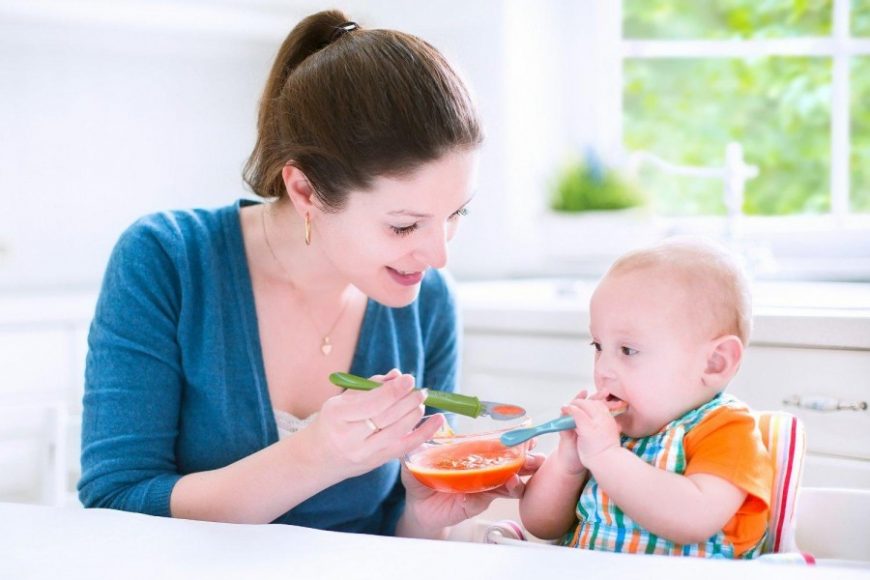 By the year the baby is fully on the adult way of eating - 3 main meals and 2 snacks. I wrote about this in detail in the articles in the “Beginning of Complementary Feeding” section, now we are looking at the photo of the menu for my child and paying attention to how new meals were formed. For me, the benchmark for proper baby food and menus is always the kindergarten menu. If you don't know how to feed a child, feed like in the garden, you can't go wrong.
By the year the baby is fully on the adult way of eating - 3 main meals and 2 snacks. I wrote about this in detail in the articles in the “Beginning of Complementary Feeding” section, now we are looking at the photo of the menu for my child and paying attention to how new meals were formed. For me, the benchmark for proper baby food and menus is always the kindergarten menu. If you don't know how to feed a child, feed like in the garden, you can't go wrong.
But after a year, I want the child to eat everything that the rest of the family eats, because the mother is simply tired of cooking separately for the baby, and separately for others.
It is important to make a list of all the dishes and recipes that the family eats. Other people's ideas are in the furnace, we write our signature dishes, festive, everyday, routine, fast and super-fast, we include frozen semi-finished products, and various methods / recipes that make a woman's life easier in cooking. This list can be replenished, preferably with the right recipes that are good for health.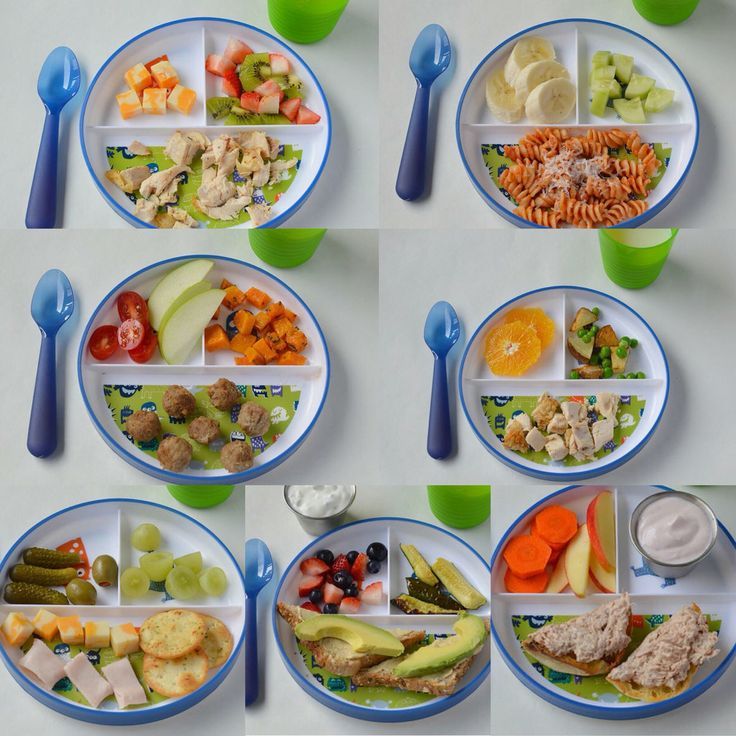
After making the list, think about how you are ready to eat, don't think about the child, think about yourself. For example, I can't live without soup or borscht for lunch, this is a habit from childhood, I also like to eat meat with a side dish for dinner, this is also a habit from childhood. But I have new habits, a fruit snack, so I can’t do without it, and I also have a vegetable salad for lunch, and I love fish and I’m ready to eat it once a week, I know that I need more, so we add fish salad also 1 time per week.
I also have a quick dinner on Fridays, when I cook for 20 minutes, and there is also a pizza dinner or cottage cheese dumplings for breakfast, these are habits without which I do not want and will not live. But I want innovation and expression in cooking, so I need to plan days of novelties and extraordinary dishes on the menu, write them for the weekend, on other days I don’t have enough strength, no matter what.
Based on our eating habits, we take other family members into account and create a menu.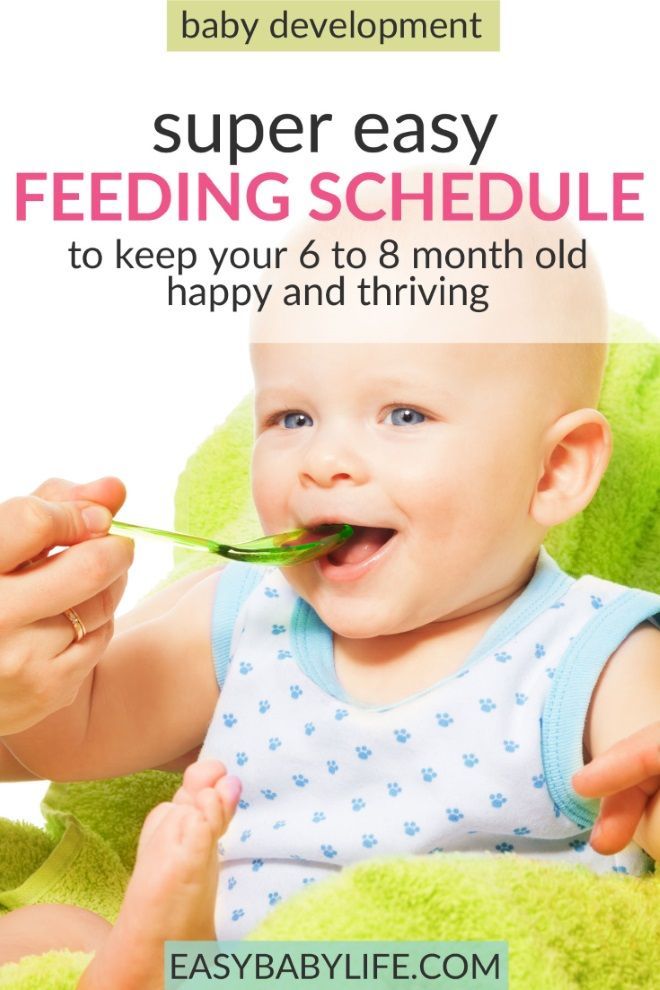 How to draw up a menu, you will immediately understand what products are not enough for a balanced diet, for example, at one time when compiling my menu, I realized that we do not eat legumes at all, so I learned how to cook them for a long time, and now we definitely eat them 1 time per week.
How to draw up a menu, you will immediately understand what products are not enough for a balanced diet, for example, at one time when compiling my menu, I realized that we do not eat legumes at all, so I learned how to cook them for a long time, and now we definitely eat them 1 time per week.
Now we get to the children's menu. A child already eats a lot of food from the common table a year, but not all, so every year, or maybe six months, you will have to revise the children's menu. But first you need to compose it. We just take a list and our eating habits, tick off what your child can eat from this. Noted. OK! Now we combine our menu and the child, we analyze what he can eat from the common table, and what else to add to his table.
And a life hack, there should be a lot of finger food in the fridge, or at least cheese and eggs, bread and cookies. If you add half an egg, a piece of cucumber, boiled carrots and bread to the soup, then the child will not remain hungry.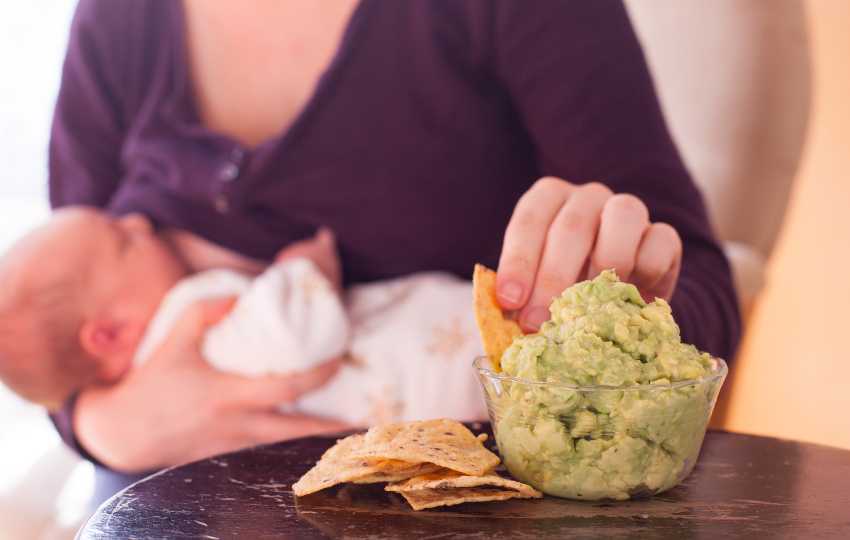 I don’t plan such moments, it’s just that the youngest member of the family receives more food at a time than everyone else. A little one is only developing taste and preferences, so in order not to forget anything, we constantly remind, but with older children it’s more difficult.
I don’t plan such moments, it’s just that the youngest member of the family receives more food at a time than everyone else. A little one is only developing taste and preferences, so in order not to forget anything, we constantly remind, but with older children it’s more difficult.
Finally, the menu for the child and the family must change constantly. I am satisfied with the 5 week menu, it is made for the future, taking into account the preferences and habits of the family. It’s about, I don’t always cook clearly according to it, don’t think, if I have fish soup on the menu, and I haven’t eaten borscht yet, then something is thrown out and a new one is cooked, no. The menu is compiled for the convenience of shopping and unloading the brain, eat up everything that is in the refrigerator, move on to the dishes of the next day - cook. Plus, sometimes I go down and cook the same dishes all the time, it doesn’t suit me, but on the menu I see that there was already borscht and you can cook cabbage soup, etc.
Another list of foods that a child is allergic to should be visible, and a list of prohibited foods, in your opinion, should also be in front of your eyes until a certain age. For example, mushrooms.
I also have a list of how many times a week to give this or that product, it seems to me that up to 3 years it is important to consider this in the menu.
If it is important that the baby eat certain foods, for example, if there is a certain menu for rickets, then we also make a list.
Briefly:
- List of all family meals and recipes
- List of food habits you can't live without or feel sad!
- List of new food habits, for example, adding fish to the menu
- Compiling an adult 5 week menu in complementary foods, prohibited foods and allergic foods, how many times a week to give the product.
- We make a list of finger food that is always in the refrigerator and can be given to a child.
- We make a menu for the child, based on the analysis of the above points.

Well, that's easy!!! Yes, I'm kidding, it's not easy and at first it will be problematic, there will be subsidence in the child's menu, but I believe everything will work out.
Remember, fruit is the perfect snack, a small child doesn't need to invent bomb original snack, give an apple and calm down. Now there is such a variety of fruits and vegetables available that you can rotate foods for a week without ever repeating yourself.
Why don't you complicate things, everything should be simple and fast, once a week you can get confused and make it difficult, especially if dad is sitting with the children.
My family's 5-week menu
I realized long ago that meals need to be planned, otherwise the family starts to eat quick unhealthy snacks or constantly the same dishes. If there is no healthy food in the closet or refrigerator, then the child eats something sweet or harmful. Therefore, we do not buy chips, crackers, carbonated drinks, etc. Rarely do we buy sweets, cookies, marshmallows and dried fruits, although I try to take healthy analogues, but advertising from my son's comrades sometimes works better than all my arguments for usefulness and health. Plus, grandmothers don’t refuse anything to my child, they want Pepsi, they get Pepsi, and then, no matter how I swear and stomp my feet, I can’t not take them to relatives, as a result, I work with the baby already at home.
Rarely do we buy sweets, cookies, marshmallows and dried fruits, although I try to take healthy analogues, but advertising from my son's comrades sometimes works better than all my arguments for usefulness and health. Plus, grandmothers don’t refuse anything to my child, they want Pepsi, they get Pepsi, and then, no matter how I swear and stomp my feet, I can’t not take them to relatives, as a result, I work with the baby already at home.
The menu was created for 5 weeks for the winter, it has not been changed for about a year, I adjust it according to the season along the way. Namely, it says a cupcake with a pumpkin, it is logical that there is no pumpkin yet, it’s not the season, so it’s just another fruit. Well, something like this! I think it's understandable! Herring under a fur coat is written - I make a regular cucumber and tomato salad. I'm just too lazy to write before the summer! Too many other things, I'm fine with this menu.
Snacks are also taken into account, but it’s not a fact that we will eat them according to the schedule, it’s just that it’s so convenient for me to make purchases, I know approximately how much I need to snack for a week, I buy it, and then didn’t eat it, so it lies and waits.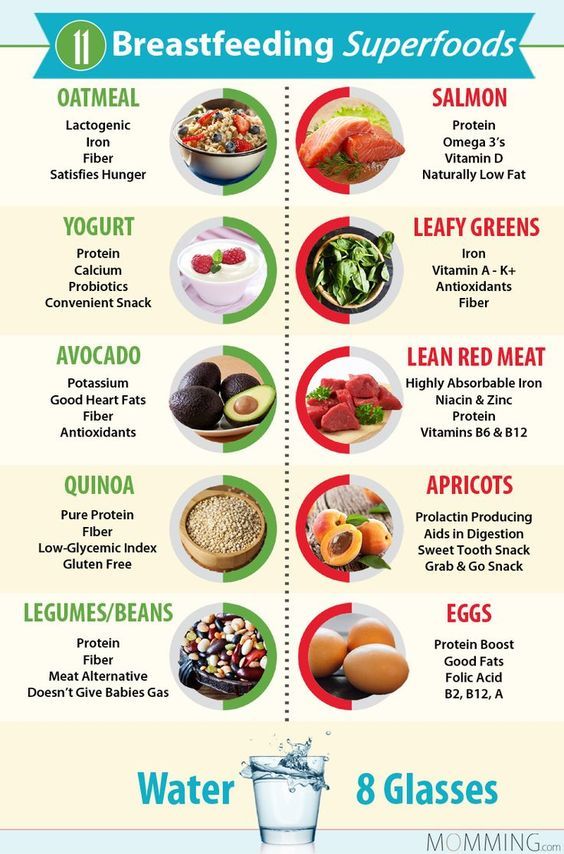 Moreover, the menu is more of a winter option, because in summer there is more variety of snacks from fruits and vegetables, you can eat a cucumber or a peach. The younger child generally snacks on tomatoes.
Moreover, the menu is more of a winter option, because in summer there is more variety of snacks from fruits and vegetables, you can eat a cucumber or a peach. The younger child generally snacks on tomatoes.
And finally, it may seem to you that my menu is monotonous, but I remind you that I made it for myself and my family, based on preferences and habits. It is clear that yours may be different. Therefore, I write a menu for my family, it is better to compose it myself.
CLICK ON ME!!! Menu for 5 weeks of the Levchuk family! CLICK ON ME!!! Menu for 5 weeks of the Levchuk family! CLICK ON ME!!! Menu for 5 weeks of the Levchuk family! CLICK ON ME!!! Menu for 5 weeks of the Levchuk family! CLICK ON ME!!! Menu for 5 weeks of the Levchuk family!What not to include in the menu for the child
When preparing the menu for the child, it is important to remember the following:
- During the first three years of life, we avoid giving foods with a high risk of suffocation.
 Therefore, we always look after the children during meals.
Therefore, we always look after the children during meals. - Cow's milk should not be given as a main drink until 12 months of age.
- Salt and sugar should not be added to children's food. Offering sweet and savory foods in early childhood may lead children to develop a preference for these foods.
- Foods high in saturated fat, sugar and/or salt (eg cakes, biscuits, pastries and potato chips) should not be given to children.
- Honey should not be given to children as it may contain bacterial spores which can cause botulism in children if given to children under 12 months of age. There is also a risk of allergies.
- Sweet drinks such as fruit juices and fruit drinks, flavored milk, soft drinks and alcoholic drinks should not be given to infants and children. These drinks add sugar to the diet and increase the risk of obesity and tooth decay.
- Tea (including herbal tea) and coffee are not suitable for infants and children.
This article does not discuss vegan and vegetarian menus for a child, this is the personal preference of each parent.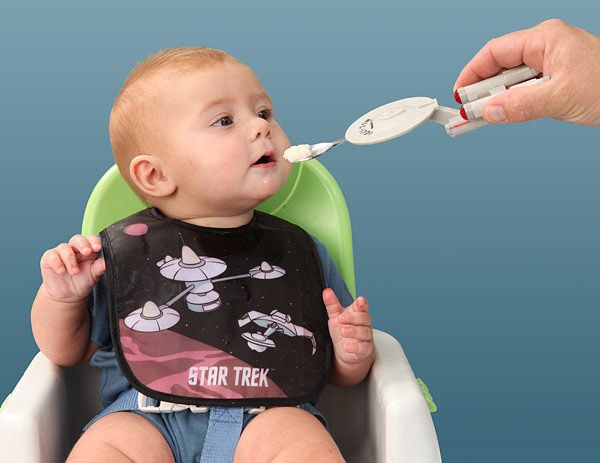
Kindergarten menu
Kindergarten-style cooking is very difficult. The food does not contain salt and sugar or contains its minimum amount, almost all products are cooked in special double boilers, without frying. The kindergarten menu is more balanced and complete, contains 1 and 2 dishes plus compote. Breakfast always consists of cereal porridge with milk, lunch is soup, and for the second meat or fish with a side dish, an afternoon snack is almost equal to dinner, it can contain both a full-fledged main course and a kefir bun. Plus fruit snacks in the form of a second breakfast. We don’t cook like that at home, for the most part, we don’t eat so much food, it’s rare that a woman manages to make so many changes in dishes.
kindergarten menuSee more photos of the kindergarten menu in the Contact group "Baby food (Encyclopedia)" at the link here.
Menu for a child from different books on baby food
I found in books on baby food not only a menu for several days or a week, but also how to make a menu, and also a food pyramid, I think it will be interesting.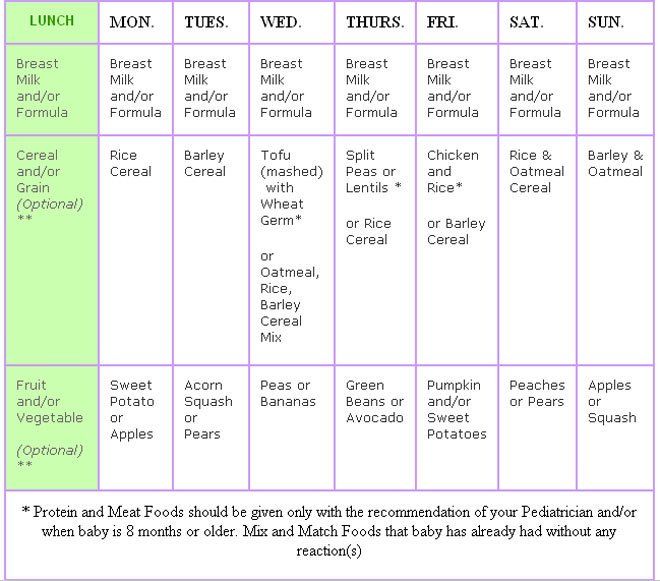 I will not give all the therapeutic diets, there are a lot of them, I have a book on “Clinical Dietetics of Childhood” by T.E. Borovik, K.S, Ladodo, it almost entirely consists of a medical menu, who are interested in selling it in online stores. Although I.M. Vorontsova A.V. Mazurin was more impressed with his menu compiled for the week, where I don’t know where to look for it, I bought it from second-hand booksellers. Photo attached, write if it is hard to see.
I will not give all the therapeutic diets, there are a lot of them, I have a book on “Clinical Dietetics of Childhood” by T.E. Borovik, K.S, Ladodo, it almost entirely consists of a medical menu, who are interested in selling it in online stores. Although I.M. Vorontsova A.V. Mazurin was more impressed with his menu compiled for the week, where I don’t know where to look for it, I bought it from second-hand booksellers. Photo attached, write if it is hard to see.
From Barnard N., Jennifer R. Healthy Eating for Children
CLICK ON ME!!!! Barnard N., Jennifer R. - Healthy Eating for Kids CLICK ON ME!!!! Barnard N., Jennifer R. - Healthy Eating for Kids CLICK ON ME!!!! Barnard N., Jennifer R. - Healthy Eating for Kids CLICK ON ME!!!! Barnard N., Jennifer R. - Healthy Eating for Kids CLICK ON ME!!!! Barnard N., Jennifer R. - Healthy Eating for Kids CLICK ON ME!!!! Barnard N., Jennifer R. - Healthy Eating for Kids CLICK ON ME!!!! Barnard N., Jennifer R. - Healthy Eating for Kids CLICK ON ME!!!! Barnard N.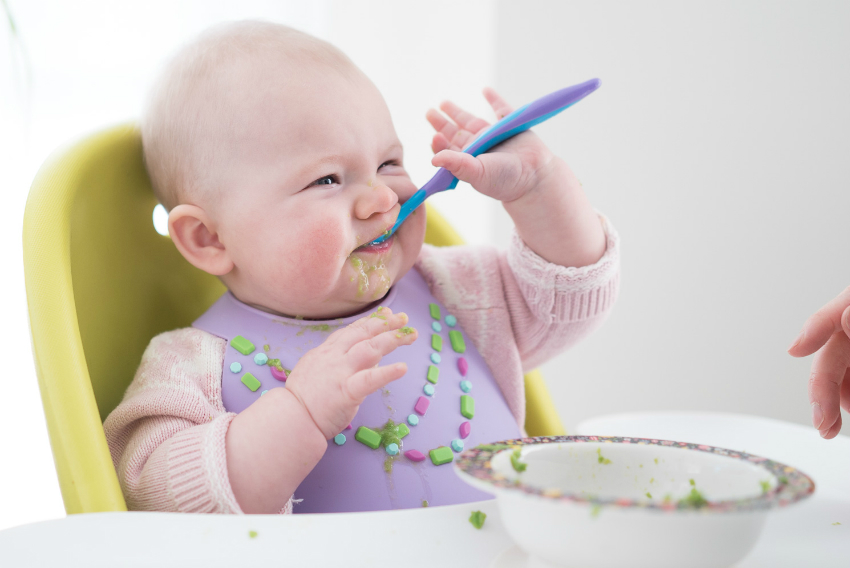 , Jennifer R. - Healthy Eating for Kids CLICK ON ME!!!! Barnard N., Jennifer R. - Healthy Eating for Kids CLICK ON ME!!!! Barnard N., Jennifer R. - Healthy Eating for Kids CLICK ON ME!!!! Barnard N., Jennifer R. - Healthy Eating for Kids CLICK ON ME!!!! Barnard N., Jennifer R. - Healthy Eating for Kids CLICK ON ME!!!! Barnard N., Jennifer R. - Healthy Eating for Kids
, Jennifer R. - Healthy Eating for Kids CLICK ON ME!!!! Barnard N., Jennifer R. - Healthy Eating for Kids CLICK ON ME!!!! Barnard N., Jennifer R. - Healthy Eating for Kids CLICK ON ME!!!! Barnard N., Jennifer R. - Healthy Eating for Kids CLICK ON ME!!!! Barnard N., Jennifer R. - Healthy Eating for Kids CLICK ON ME!!!! Barnard N., Jennifer R. - Healthy Eating for Kids From the book Baby food. The most necessary book for mothers and babies from birth to 3 years. T.I. Tarabarina
CLICK ON ME!!!! Children food. The most necessary book for mothers and mothers I hear from birth to 3 years. T.I. Tarabarina CLICK ON ME!!!! Children food. The most necessary book for mothers and mothers I hear from birth to 3 years. T.I. Tarabarina CLICK ON ME!!!! Children food. The most necessary book for mothers and mothers I hear from birth to 3 years. T.I. Tarabarina CLICK ON ME!!!! Children food. The most necessary book for mothers and mothers I hear from birth to 3 years. T.I. Tarabarina CLICK ON ME!!!! Children food.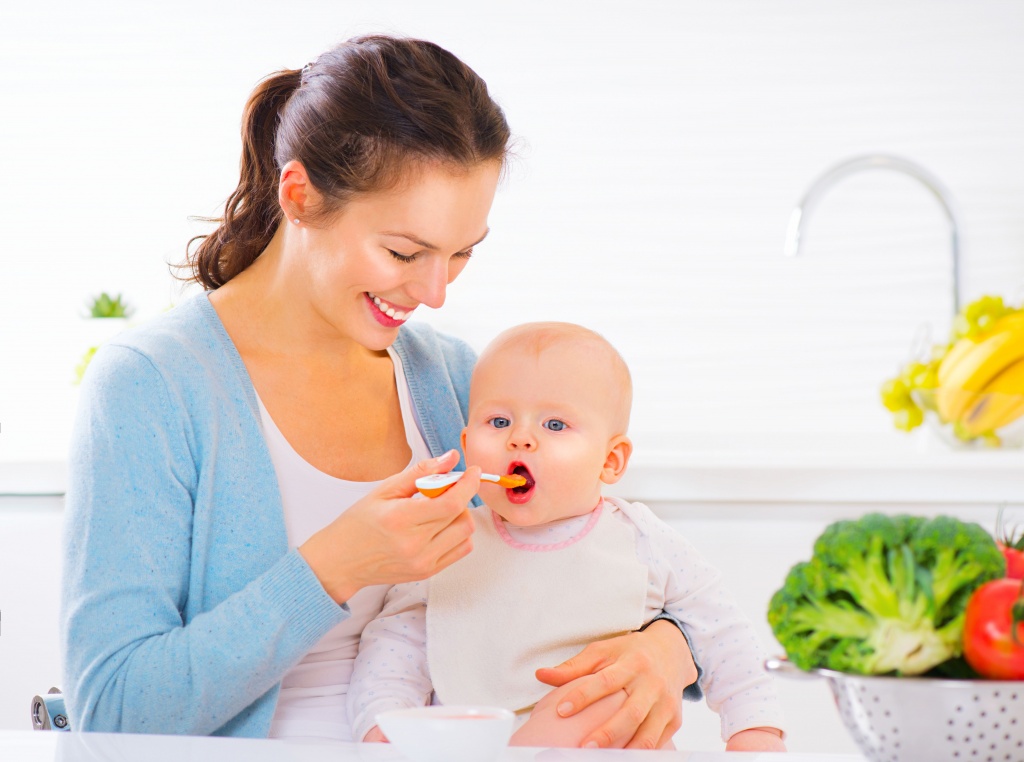 The most necessary book for mothers and mothers I hear from birth to 3 years. T.I. Tarabarina CLICK ON ME!!!! Children food. The most necessary book for mothers and mothers I hear from birth to 3 years. T.I. Tarabarina CLICK ON ME!!!! Children food. The most necessary book for mothers and mothers I hear from birth to 3 years. T.I. Tarabarina CLICK ON ME!!!! Children food. The most necessary book for mothers and mothers I hear from birth to 3 years. T.I. Tarabarina CLICK ON ME!!!! Children food. The most necessary book for mothers and mothers I hear from birth to 3 years. T.I. Tarabarina
The most necessary book for mothers and mothers I hear from birth to 3 years. T.I. Tarabarina CLICK ON ME!!!! Children food. The most necessary book for mothers and mothers I hear from birth to 3 years. T.I. Tarabarina CLICK ON ME!!!! Children food. The most necessary book for mothers and mothers I hear from birth to 3 years. T.I. Tarabarina CLICK ON ME!!!! Children food. The most necessary book for mothers and mothers I hear from birth to 3 years. T.I. Tarabarina CLICK ON ME!!!! Children food. The most necessary book for mothers and mothers I hear from birth to 3 years. T.I. Tarabarina From the books of Annabel Carmel Menu for the baby and Eat tasty
CLICK ON ME!!!! Menu for kids. Annabelle Carmel CLICK ON ME!!!! Menu for kids. Annabelle Carmel CLICK ON ME!!!! We eat delicious. Annabelle Carmel. CLICK ON ME!!!! We eat delicious. Annabelle Carmel. CLICK ON ME!!!! We eat delicious. Annabelle Carmel. CLICK ON ME!!!! We eat delicious. Annabelle Carmel. CLICK ON ME!!!! We eat delicious. Annabelle Carmel. CLICK ON ME!!!! We eat delicious. Annabelle Carmel. CLICK ON ME!!!! We eat delicious. Annabelle Carmel. CLICK ON ME!!!! We eat delicious. Annabelle Carmel. CLICK ON ME!!!! We eat delicious. Annabelle Carmel. CLICK ON ME!!!! We eat delicious. Annabelle Carmel.
Annabelle Carmel. CLICK ON ME!!!! We eat delicious. Annabelle Carmel. CLICK ON ME!!!! We eat delicious. Annabelle Carmel. CLICK ON ME!!!! We eat delicious. Annabelle Carmel. CLICK ON ME!!!! We eat delicious. Annabelle Carmel. CLICK ON ME!!!! We eat delicious. Annabelle Carmel. From the book Handbook of Children's Diet. THEM. Vorontsova, A.V. Mazurin
CLICK ON ME!!! Handbook of children's diet. 1980 THEM. Vorontsova, A.V. Mazurin CLICK ON ME!!! Handbook of children's diet. 1980 THEM. Vorontsova, A.V. Mazurin CLICK ON ME!!! Handbook of children's diet. 1980 THEM. Vorontsova, A.V. Mazurin CLICK ON ME!!! Handbook of children's diet. 1980 THEM. Vorontsova, A.V. Mazurin CLICK ON ME!!! Handbook of children's diet. 1980 THEM. Vorontsova, A.V. Mazurin CLICK ON ME!!! Handbook of children's diet. 1980g. THEM. Vorontsova, A.V. Mazurin CLICK ON ME!!! Handbook of children's diet. 1980 THEM. Vorontsova, A.V. Mazurin CLICK ON ME!!! Handbook of children's diet. 1980 THEM. Vorontsova, A.V. Mazurin CLICK ON ME!!! Handbook of children's diet. 1980 THEM. Vorontsova, A.V. Mazurin CLICK ON ME!!! Handbook of children's diet. 1980 THEM. Vorontsova, A.V. Mazurin
1980 THEM. Vorontsova, A.V. Mazurin CLICK ON ME!!! Handbook of children's diet. 1980 THEM. Vorontsova, A.V. Mazurin From the book Foods and dishes in baby food by K.S. Ladodo L.V. Druzhinina
CLICK ON ME!!! Products and dishes in baby food K.S. Ladodo L.V. Druzhinina CLICK ON ME!!! Products and dishes in baby food K.S. Ladodo L.V. Druzhinina CLICK ON ME!!! Products and dishes in baby food K.S. Ladodo L.V. DruzhininaFrom the book Children's Kitchen 1988
CLICK ON ME!!! Children's kitchen 1988 CLICK ON ME!!! Children's kitchen 1988 CLICK ON ME!!! Children's kitchen 1988 CLICK ON ME!!! Children's kitchen 1988 CLICK ON ME!!! Children's kitchen 1988 CLICK ON ME!!! Children's kitchen 1988 CLICK ON ME!!! Children's kitchen 1988From the book Handbook for parents. Feeding and feeding a child from 0 to 5 years old with love and common sense. Allyn Satter
CLICK ON ME!!! Handbook for parents. Feeding and nourishing a child from 0 to 5 years old with love and common sense.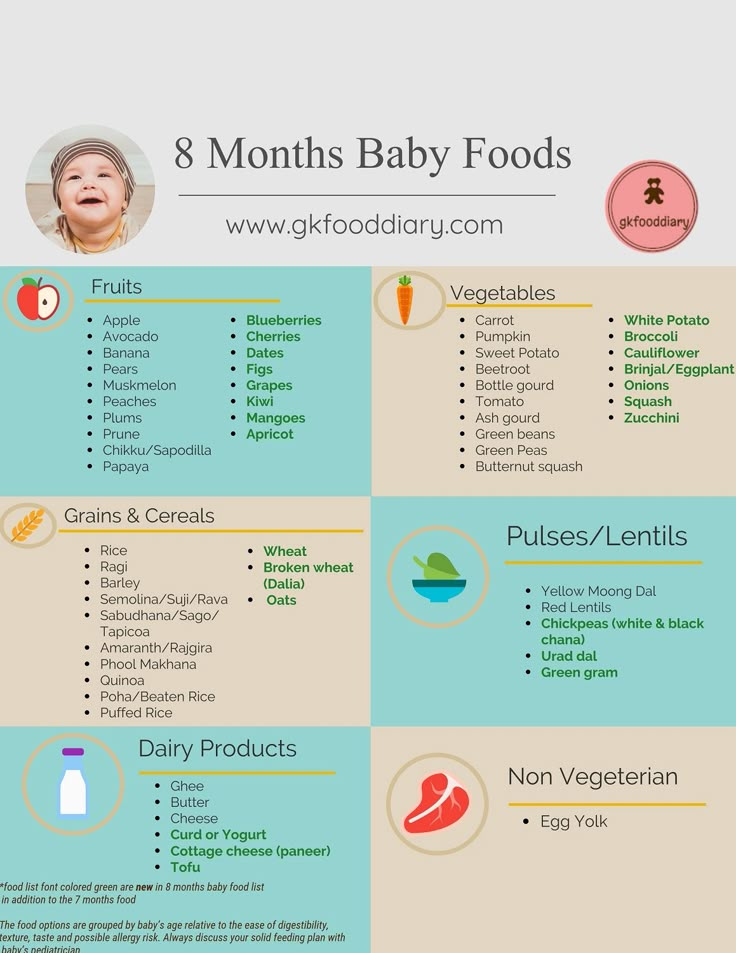 Ellen Satter. CLICK ON ME!!! Handbook for parents. Feeding and nourishing a child from 0 to 5 years old with love and common sense. Ellen Satter. CLICK ON ME!!! Handbook for parents. Feeding and nourishing a child from 0 to 5 years old with love and common sense. Ellen Satter. CLICK ON ME!!! Handbook for parents. Feeding and nourishing a child from 0 to 5 years old with love and common sense. Ellen Satter. CLICK ON ME!!! Handbook for parents. Feeding and nourishing a child from 0 to 5 years old with love and common sense. Ellen Satter.
Ellen Satter. CLICK ON ME!!! Handbook for parents. Feeding and nourishing a child from 0 to 5 years old with love and common sense. Ellen Satter. CLICK ON ME!!! Handbook for parents. Feeding and nourishing a child from 0 to 5 years old with love and common sense. Ellen Satter. CLICK ON ME!!! Handbook for parents. Feeding and nourishing a child from 0 to 5 years old with love and common sense. Ellen Satter. CLICK ON ME!!! Handbook for parents. Feeding and nourishing a child from 0 to 5 years old with love and common sense. Ellen Satter. From the book Clinical Nutrition of Childhood. T.E. Borovik, K.S. Ladodo
Nutrition for diseases of the stomach and duodenum
CLICK ON ME!!! Clinical dietetics of childhood. T.E. Borovik, K.S. Ladodo CLICK ON ME!!! Clinical dietetics of childhood. T.E. Borovik, K.S. Ladodo CLICK ON ME!!! Clinical dietetics of childhood. T.E. Borovik, K.S. Ladodo CLICK ON ME!!! Clinical dietetics of childhood. T.E. Borovik, K.S. Ladodo CLICK ON ME!!! Clinical dietetics of childhood.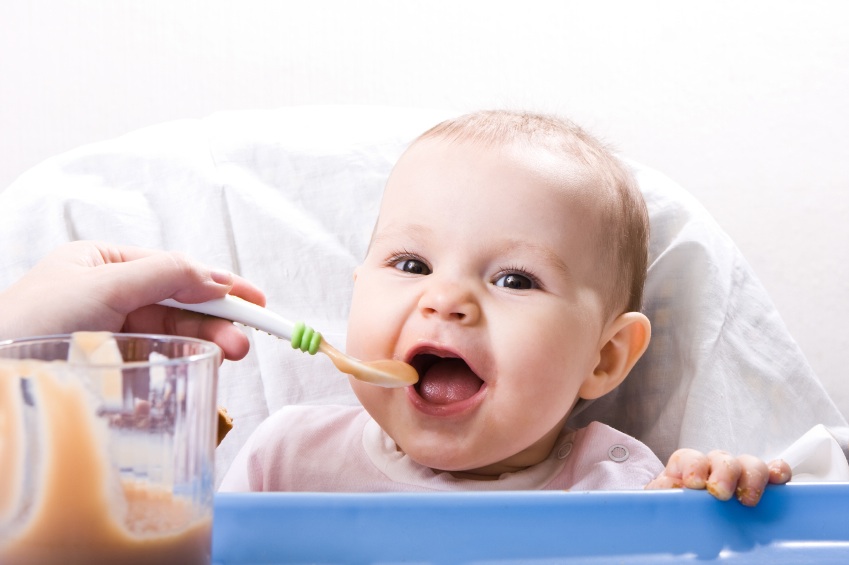 T.E. Borovik, K.S. Ladodo CLICK ON ME!!! Clinical dietetics of childhood. T.E. Borovik, K.S. Ladodo CLICK ON ME!!! Clinical dietetics of childhood. T.E. Borovik, K.S. Ladodo CLICK ON ME!!! Clinical dietetics of childhood. T.E. Borovik, K.S. Ladodo
T.E. Borovik, K.S. Ladodo CLICK ON ME!!! Clinical dietetics of childhood. T.E. Borovik, K.S. Ladodo CLICK ON ME!!! Clinical dietetics of childhood. T.E. Borovik, K.S. Ladodo CLICK ON ME!!! Clinical dietetics of childhood. T.E. Borovik, K.S. Ladodo Therapeutic nutrition for constipation
CLICK ON ME!!! Clinical dietetics of childhood. T.E. Borovik, K.S. Ladodo CLICK ON ME!!! Clinical dietetics of childhood. T.E. Borovik, K.S. Ladodo CLICK ON ME!!! Clinical dietetics of childhood. T.E. Borovik, K.S. LadodoMedical nutrition for diarrhea
CLICK ON ME!!! Clinical dietetics of childhood. T.E. Borovik, K.S. Ladodo CLICK ON ME!!! Clinical dietetics of childhood. T.E. Borovik, K.S. Ladodo CLICK ON ME!!! Clinical dietetics of childhood. T.E. Borovik, K.S. Ladodo CLICK ON ME!!! Clinical dietetics of childhood. T.E. Borovik, K.S. Ladodo CLICK ON ME!!! Clinical dietetics of childhood. T.E. Borovik, K.S. LadodoNutrition in chronic renal failure
CLICK ON ME!!! Clinical dietetics of childhood.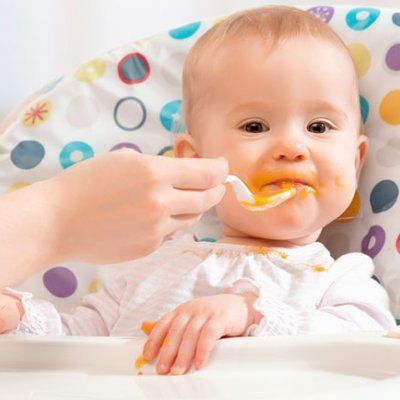 T.E. Borovik, K.S. Ladodo
T.E. Borovik, K.S. Ladodo
Medical nutrition for children with obesity
CLICK ON ME!!! Clinical dietetics of childhood. T.E. Borovik, K.S. Ladodo CLICK ON ME!!! Clinical dietetics of childhood. T.E. Borovik, K.S. LadodoTherapeutic nutrition for isovaleric acidemia and homocystinuria
CLICK ON ME!!! Clinical dietetics of childhood. T.E. Borovik, K.S. Ladodo CLICK ON ME!!! Clinical dietetics of childhood. T.E. Borovik, K.S. LadodoNext article on the topic - How to teach a child to chew.
Nutrition for a 7-10 year old child: principles, menu, diet of a junior schoolchild
The basic principles of rational nutrition remain relevant for people of all ages. Let's call them again:
- Adequate energy value of the diet, corresponding to the energy consumption of the child.
- Balanced diet for all interchangeable and irreplaceable nutritional factors.
- The maximum diversity of the diet, which is the main condition for ensuring its balance.

- Optimal diet.
- Adequate technological and culinary processing of products and dishes, ensuring their high taste and preservation of the original nutritional value.
- Accounting for the individual characteristics of children.
- Ensuring food safety, including compliance with all sanitary requirements for the state of the food unit, food supplied, their transportation, storage, preparation and distribution of dishes.
However, the organization of nutrition for adolescents, schoolchildren aged 10-17 has its own characteristics, which consist in taking into account all the changes that occur in the child's body at this age. During this period, special attention should be paid to the following points:
- There is an intensive growth of the whole organism, comparable to the rate of human development in the first year of life.
- All major systems are developing: the musculoskeletal system (especially the skeleton), there is an increase in muscle mass (taking into account gender characteristics), the cardiovascular and nervous systems, and there is also a radical hormonal restructuring of the body associated with the puberty of a teenager.
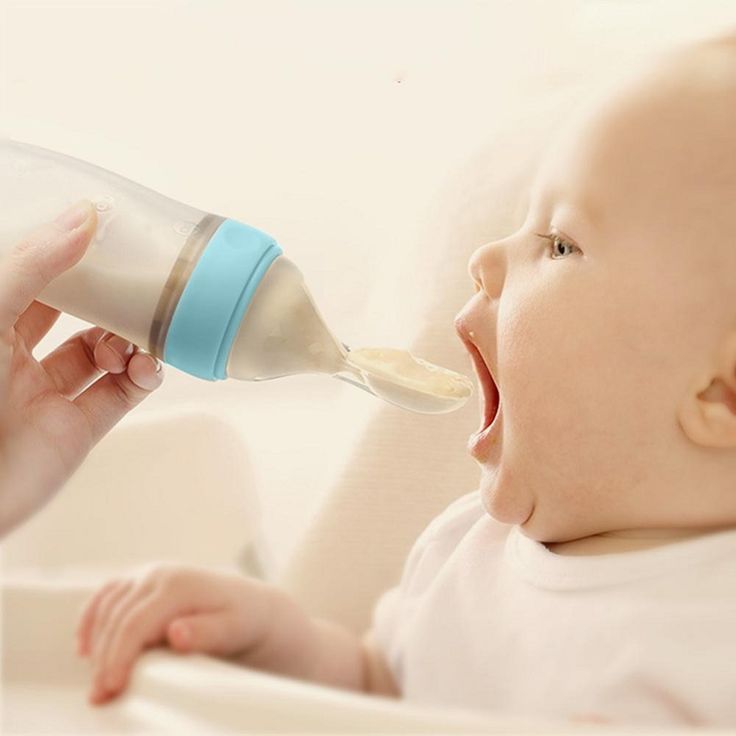
- Against the background of all physical restructuring, the load on the psycho-emotional sphere is increasing.
- Not only school workloads are increasing, but also the tension caused by the social adaptation of a teenager.
Proper organization of nutrition for schoolchildren can help in solving many problems that arise specifically in adolescence. Now it is especially important to provide the body with all the resources not only for growth and development, but also for the ever-increasing stress at school and puberty.
It is during these years - in fact, starting from the age of 10 - that the child becomes an adult. And this also applies to his physical development, and psycho-emotional, and intellectual. The child learns new rules of adult life. He learns responsibility and independence, learns to build his relationships with people in a new way.
It is also important that it is during this period of growing up that the child learns to independently observe a diet, to eat rationally, regardless of adult supervision.
Firstly, to help your body in hard work right now, and secondly, to develop a habit that will come in handy in an independent life. After all, our health depends on how we eat.
When compiling a diet for schoolchildren aged 10-17, changes in physiological needs for nutrients and energy are taken into account depending on the age and gender of the child.
Average daily norms of physiological requirements for nutrients and energy for children and adolescents of school age
| Substances | 7-10 years old | 11-13 boys | 11-13 girls | 14-17, boys | 14-17 girls |
| Energy, kcal | 2350 | 2750 | 2500 | 3000 | 2600 |
| Proteins, g, including animals | 7746 | 9054 | 8249 | 9859 | 9054 |
| Fat, g | 79 | 92 | 84 | 100 | 90 |
| Carbohydrates, g | 335 | 390 | 355 | 425 | 360 |
Minerals, mg
| Substances | 7-10 years old | 11-13 boys | 11-13 girls | 14-17, boys | 14-17 girls |
| Calcium | 1100 | 1200 | 1200 | 1200 | 1200 |
| Phosphorus | 1650 | 1800 | 1800 | 1800 | 1800 |
| Magnesium | 250 | 300 | 300 | 300 | 300 |
| Iron | 12 | 15 | 18 | 15 | 18 |
| Zinc | 10 | 15 | 12 | 15 | 12 |
| Iodine | 0.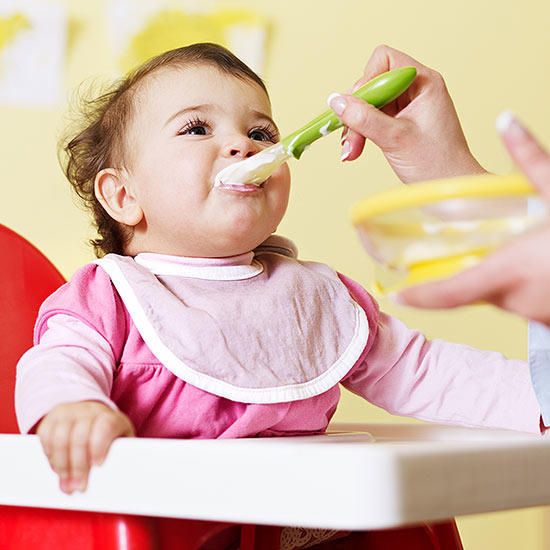 10 10 | 0.10 | 0.10 | 0.13 | 0.13 |
Vitamins
Schoolchildren's diet is directly related to their daily routine. Most of the time teenagers spend at school. In this regard, the alternation of mental stress and periods of rest should be taken into account. During a period of significant mental stress, food should be fractional and easily digestible. The solid part of the diet, a hearty meal that supplies proteins and fats and requires a long digestion, should be transferred to a period of more or less long rest.
Standard diets for schoolchildren during first and second shifts .
First shift
- 7.30 – 8.00 Breakfast at home
- 10.00 – 11.00 Hot breakfast at school
- 12.00 - 13.00 Lunch at home or at school
- 19.00 – 19.30 Dinner at home
Second shift
- 8.00 – 8.30 Breakfast at home
- 12.
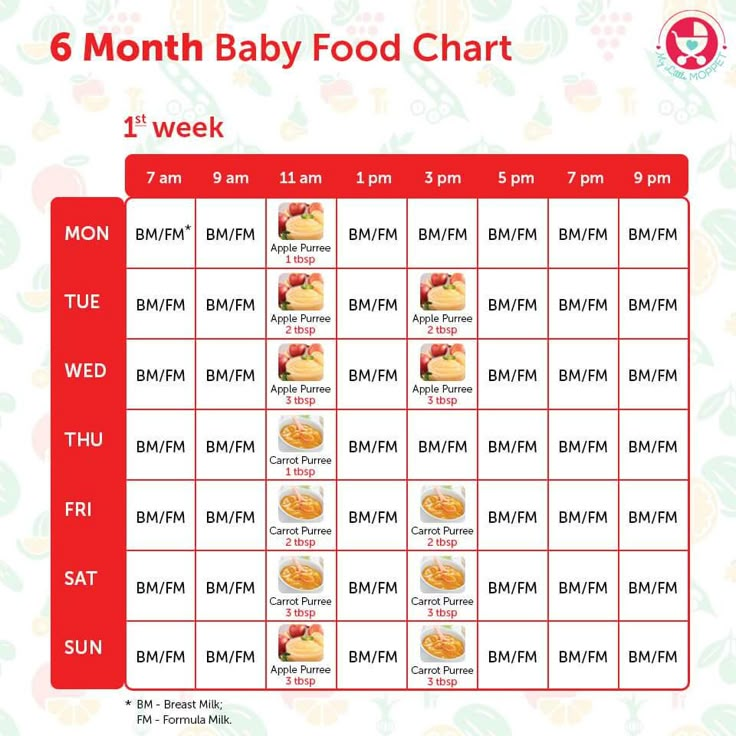 30 - 13.00 Lunch at home (before going to school)
30 - 13.00 Lunch at home (before going to school) - 16.00 - 16.30 Hot meals at school
- 19.30 – 20.00 Dinner at home
When catering in schools, the following basic biomedical requirements should be kept in mind:
- The school ration should consist of breakfast and lunch and provide 25% and 35% of the daily requirement, respectively, and in terms of the content of proteins, fats, carbohydrates, vitamins, mineral salts and microelements, breakfast and lunch in total should provide 55-60% of the recommended daily physiological requirements.
- Rations should be categorized according to their energy content, protein content, fat content, etc. depending on age.
- It is necessary to observe the diet - breakfast before leaving for school, second breakfast at school (10-11 a.m.), necessary to replenish energy costs and food reserves intensively consumed in the learning process; lunch (at home or at school) and dinner (no later than 2 hours before bedtime).
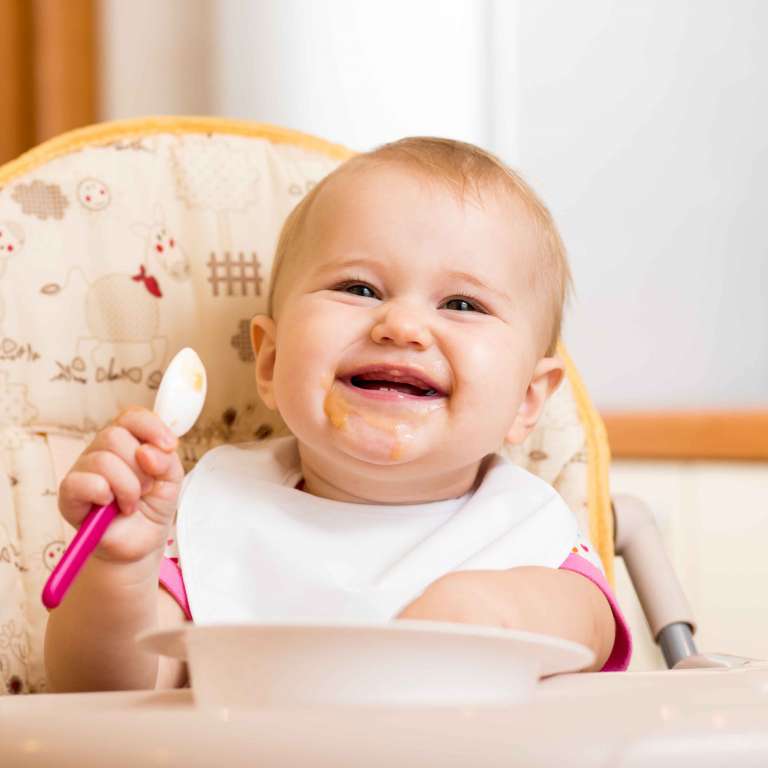
- School meals must be sparing both in terms of the method of preparation (limitation of fried foods) and in terms of their chemical composition (limitation of synthetic food additives, salt, spices, etc.).
Unfortunately, the fulfillment of all requirements by a modern school is not to be expected. In addition, it is completely impossible to take into account the individual characteristics of each teenager. Therefore, children and their parents must do a lot in this direction themselves.
Breakfast at home
It is not uncommon for children to have a poor breakfast before school or not eat at all. This can be bad for their health. On the other hand, at this difficult age, it is impossible to forcefully solve the problem, and it is not worth it. How can a child get the full nutrition that he simply needs?
Adults should observe the teenager's taste preferences and try to offer the student something healthy and tasty for breakfast. Explain to him why it is so important to eat before school.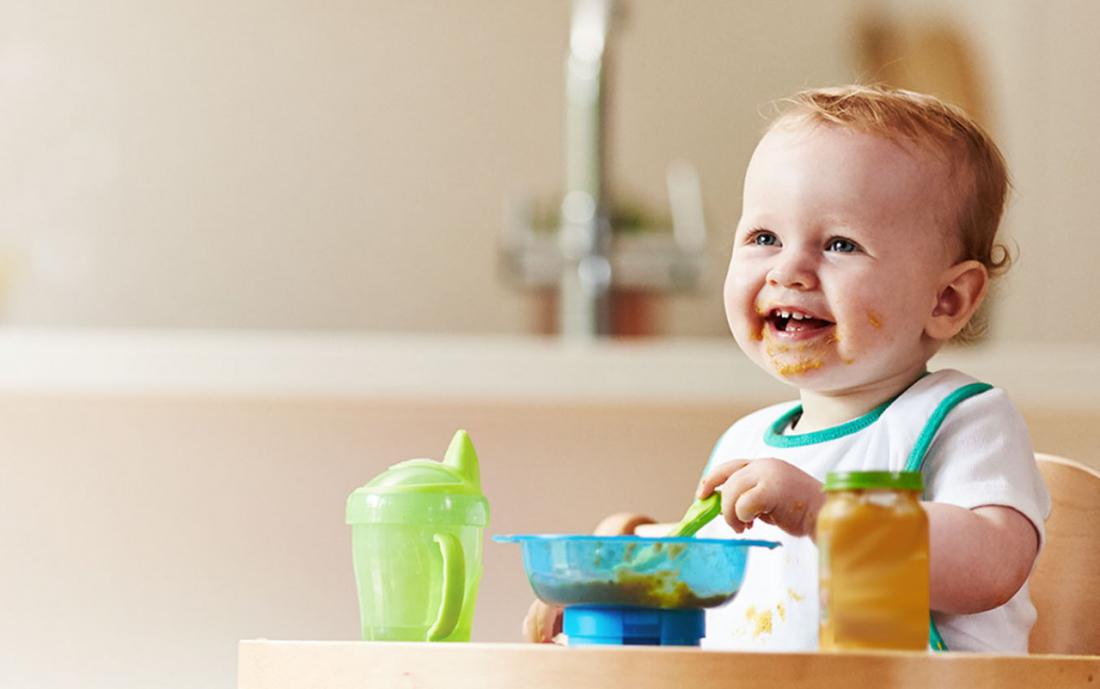
Breakfast food should not be "heavy", oversaturated with fats. It can be fish, boiled egg or scrambled eggs, cutlet, cottage cheese, porridge. And, of course, some vegetables. You can supplement the menu with tea, cocoa with milk or juice.
Breakfast to go
You can take a sandwich with boiled meat or cheese to school. You can offer your child to take yogurt, bagels, pies, buns. If possible, you can cook cheesecakes, casseroles for your child. In autumn, apples, pears, cucumbers or carrots are especially good. A student can take juice, compote or tea with him in a carefully washed flask or bottle.
It is very important to note that some foods may spoil quickly at room temperature. Meat products spoil especially quickly. Stale boiled sausage will only harm the stomach. This topic is especially relevant for the cold season, when heating is turned on in schools, and food spoils faster.
Hot lunch
School sandwich cannot replace a full meal. Therefore, it is important to explain to the child, especially if he stays after classes for an “extension”, that it is very important and useful to eat “hot”. If the child is in class until an hour or two, and then goes home, adults should make sure that a full meal is waiting for him there.
Therefore, it is important to explain to the child, especially if he stays after classes for an “extension”, that it is very important and useful to eat “hot”. If the child is in class until an hour or two, and then goes home, adults should make sure that a full meal is waiting for him there.
Home packaging
How the school lunch is packaged and under what conditions the child will eat it is of great importance. You can use plastic bowls or cling film. In vessels, food will not lose its primary form, it will not stain textbooks.
On the other hand, breakfast wrapped in film is safer and more convenient in terms of food hygiene. It's no secret that students don't always wash their hands before eating. In such a package, you can bite a sandwich and not touch it, holding on only to the film. True, this does not mean that the child does not need to take care of the cleanliness of his hands.
Parents should teach students about the importance of personal hygiene for their health.
Diet
Due to the restructuring of the whole organism, many adolescents often have problems with metabolism and, as a result, problems with excess weight and skin condition.
Sometimes these troubles seem insignificant to adults, but for the teenager himself they are very painful.
It is important not to leave the child alone with these problems, especially since many of them are corrected with the right diet.
In this case, in no case should you form this diet on your own, without the help of a nutritionist. Because in any case, the child must receive all the necessary substances and trace elements. Any fasting, "fasting days", diets with a strict calorie restriction, which are difficult even for an adult body, are categorically excluded.
All of the above problems are usually temporary and are eliminated through a balanced diet, daily routine and exercise. However, if the violations are more serious, then treatment issues should be resolved by specialists.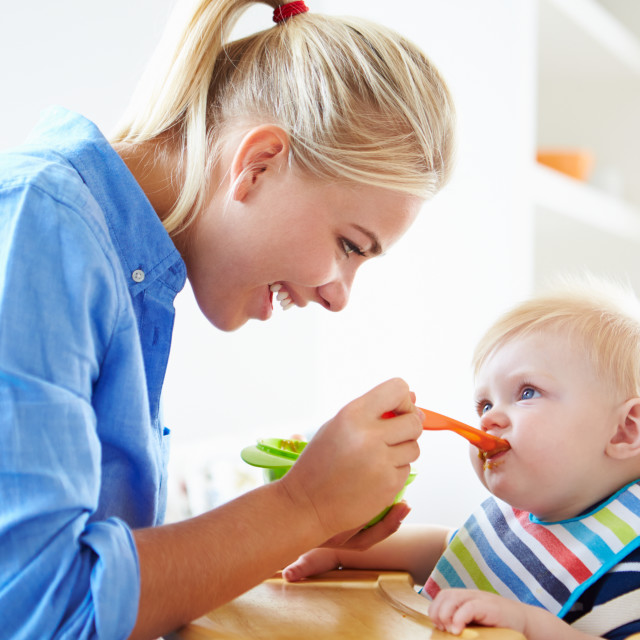
Article provided by the Danone Institute
Rational nutrition for school-age children
Rational nutrition is one of the main means of ensuring the normal physical and mental development of children. It increases their resistance to disease and academic performance.
The value of rational nutrition increases in conditions of a large study load. Modern curricula are very rich. Their implementation requires significant efforts and a large expenditure of time for children, not only at school, but also at home. The role of nutrition in modern conditions is increasing due to the acceleration of physical development and early puberty.
The vast amount of information systematically received by children at school and through other channels (television, radio, cinema, computer, etc.) creates a great burden on the nervous system.
Properly organized nutrition helps to relieve this load. In modern conditions, increased requirements are imposed on the health of schoolchildren, and ensuring its high level is an important and responsible task.
Rational nutrition plays one of the main roles in solving this problem.
Proper diet is of great importance. According to modern scientific data, the most reasonable and useful for children of school age is the regimen of four or five meals a day.
The best indicators of physical condition, development and performance are observed when school-age children receive food 4-5 times a day. The student's diet is built taking into account meals at home and at school and determines not only the time of eating, but also the caloric volume of each meal. The diet will be different for children who study in the first and second shifts.
- For students in the first shift:
- 1st breakfast (8 hours) - 20%;
- 2nd breakfast (11 am) – 20%;
- Lunch (15 hours) - 35%;
- Dinner (20 hours) - 25%.
- For students on the second shift:
- Breakfast (8 hours 30 minutes) - 20%;
- Lunch (12 hours 30 minutes) - 35%;
- Afternoon snack (16 hours 30 minutes) - 20%;
Dinner (20 hours 30 minutes) - 25%.
Intervals between separate meals should not exceed 4-5 hours. Thus, better digestion and assimilation of food is ensured, and the feeling of hunger is also eliminated. The interval between dinner and breakfast the next day (night interval) should not exceed 12 hours
Home meals should complement school meals to ensure that the entire daily diet is complete. The regular intake of food every day at the same time in more or less uniform quantities is the basis of rational child nutrition.
Children's nutrition should satisfy both energy and growth needs to the fullest extent.
The calorie requirement of primary school children (7-10 years) is 2400 kcal, the same as the calorie requirement of older people (60-70 years). Children aged 11–13 years should receive 2850 kcal per day, i.e. the same amount as adults employed in work that requires little physical effort.
Adolescents (14-17 years of age) have a greater need for calories than adults. Thus, the calorie requirement of young men (14–17 years old) is 3150 kcal, which corresponds to the needs of male workers aged 18–40 years, engaged in work that requires significant physical effort. Thus, the student's diet should be high-calorie.
Thus, the calorie requirement of young men (14–17 years old) is 3150 kcal, which corresponds to the needs of male workers aged 18–40 years, engaged in work that requires significant physical effort. Thus, the student's diet should be high-calorie.
This can be achieved by including a sufficient amount of nutrients in the daily diet: proteins, fats, carbohydrates.
The need for protein in children due to the intensive processes of their growth and development is greater than in adults, in whom it is 1.3–1.5 g per 1 kg of body weight. For younger schoolchildren, the need for protein is 2.5–3 g per 1 kg of body weight, for older children (14–17 years old) it is at least 2 g per 1 kg of body weight.
In quantitative terms, children aged 7-10 years should receive 80 g of protein per day, aged 11-13 years - 93 g, boys (14-17 years) - 106 g and girls (14-17 years) - 96 g With the development of puberty, there is a difference in the need for protein and other nutrients in boys and girls.
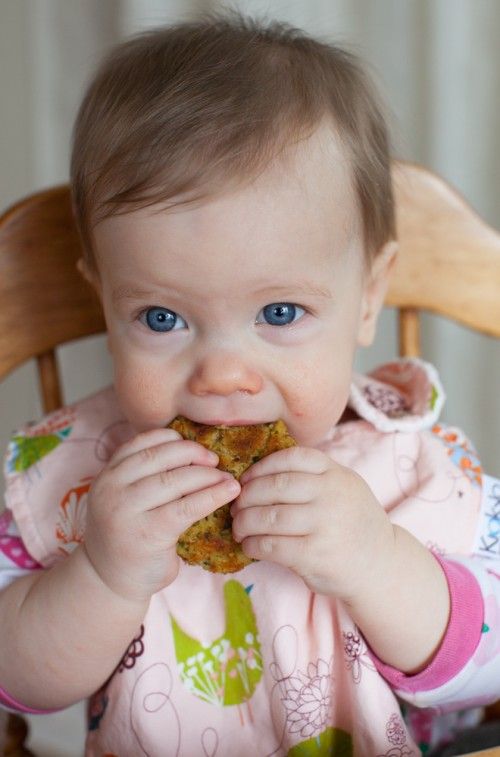
According to some data, in the same type of activity, boys expend more energy than girls.
The significance of fats in children's nutrition is diverse: they are used for growth, for building nervous tissue and brain tissue. Fats are solvents for vitamins A and D, ensuring their most complete assimilation. Some fats themselves are sources of vitamins A and D, as well as phosphatides and polyunsaturated fatty acids necessary in childhood.
Lack of fat in the diet of children has a negative impact on their health, especially on immunobiological properties.
Insufficient intake of fat weakens the protective properties of the body and it becomes more sensitive to the effects of adverse environmental factors, especially cold.
Children become more susceptible to various diseases, especially to acute respiratory diseases, influenza, etc. With prolonged insufficient fat content in the diet of children, growth retardation and disorders of the nervous system function are noted.

Excess fat also has a negative effect. At the same time, metabolism is disturbed, the use of protein worsens, and digestion is upset. The need for fat in schoolchildren is the same as the need for protein. The most useful in baby food is butter, which contains vitamins A and D and phosphatides, which are necessary for a growing body.
Vegetable oil should also be used in baby food (10-15% of the total fat content).
Large quantities of vegetable oil cannot be recommended in baby food due to the difficulty of its digestion and assimilation, as well as the creation of excess amounts of polyunsaturated fatty acids, which is undesirable and not indifferent to the child's body.
Carbohydrates, which are the main source of energy for muscle activity, are important in the nutrition of schoolchildren. Due to the high mobility of schoolchildren, their energy consumption is significant.
The amount of carbohydrates in the diet of schoolchildren should be 4 times more than proteins and fats, i.
e. 320–420 g per day.
It is necessary to use easily digestible carbohydrates (sugar, honey, jam, confectionery, etc.).
The amount of easily digestible carbohydrates in the schoolchildren's diet should be 20% of the total carbohydrate content, i.e. 70-100 g per day. However, predominantly carbohydrate nutrition with a lack of protein and fat in the diet causes great damage to the health of children.
At the same time, there is a metabolic disorder, lag in growth and general development, obesity, a tendency to frequent diseases. Thus, the student's nutrition should be balanced, that is, including all nutrients in optimal proportions.
For every gram of protein, there should be 1 g of fat and 4 g of carbohydrates.
Food vitamins play an important role in maintaining the health of children. In schoolchildren, due to intensive growth and a large study load, the need for vitamins is increased, especially for vitamins A, D and C.
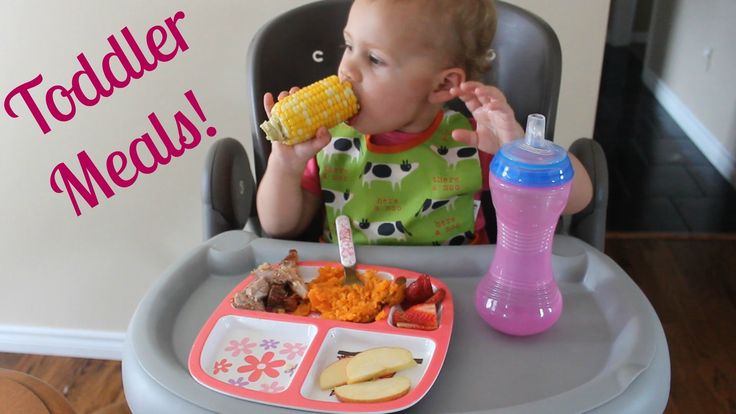
Satisfaction of the need for these vitamins is achieved through the daily use of milk, cheese, cottage cheese, sour cream, butter, eggs, meat, fish, i.e. products of animal origin.
However, some plant foods can also play a large role in providing vitamin A - green vegetables and carrots, which contain carotene, a substance that is converted in the body into vitamin A
grater or use boiled.
Vitamin D can be formed in the skin under the influence of ultraviolet rays from the sun. Therefore, students should be outdoors as much as possible every day.
Vitamin D supplements should only be taken with a doctor's prescription.
A lot of vitamins A and D are found in the liver, in connection with which liver dishes are very desirable in the diet of schoolchildren. Satisfaction of the need for vitamins C and P, as well as for some B vitamins, occurs mainly due to vegetables and fruits. The diet of schoolchildren should provide for the daily consumption of large quantities of vegetables (300–350 g) and fruits (150–300 g).
The significance of the complex of mineral salts in the development and vital activity of the schoolchild's organism is diverse. They are an essential component of blood, hormones, enzymes, etc., used to build bone, muscle, nervous and other tissues, participate in metabolic processes, maintain the necessary pressure in cells and other complex processes.
Especially important for children are calcium and phosphorus, which are the main structural components of the skeleton. At school age, calcium requires about 1.2 g per day, and almost 2 times more phosphorus .. Especially a lot of calcium is found in milk and dairy products. Milk calcium is absorbed completely.
To meet the daily requirement for calcium, it is enough to consume 0.5 liters of milk or 100 g of cheese. The source of phosphorus in baby food is eggs, cheese, meat, fish, oatmeal, legumes, etc.
With a normal, mixed, balanced, rational diet, the body's need for most minerals, including microelements, is met.

School meals usually consist of part meals at school and main meals at home. The school breakfast provides 500–700 kcal, i.e. 20–25% of the daily ration.
75-80% is allocated to the share of home food, respectively.
Thus, the creation of a high level of nutrition for schoolchildren at home is the key to the health and normal development of children, as well as good academic performance.
Schoolchildren's proper nutrition: the basics of diet and menu planning principles
When a child starts going to school, the requirements for his nutrition change, because schoolchildren have quite large psychological and mental stress. In addition, many children attend sports sections.
At the same time, the body continues to grow actively, so the nutrition of a school-age child should always be given sufficient attention.
Let's find out what foods children over 7 years of age need, how much of them a student should consume daily and how best to build a menu for a child of this age.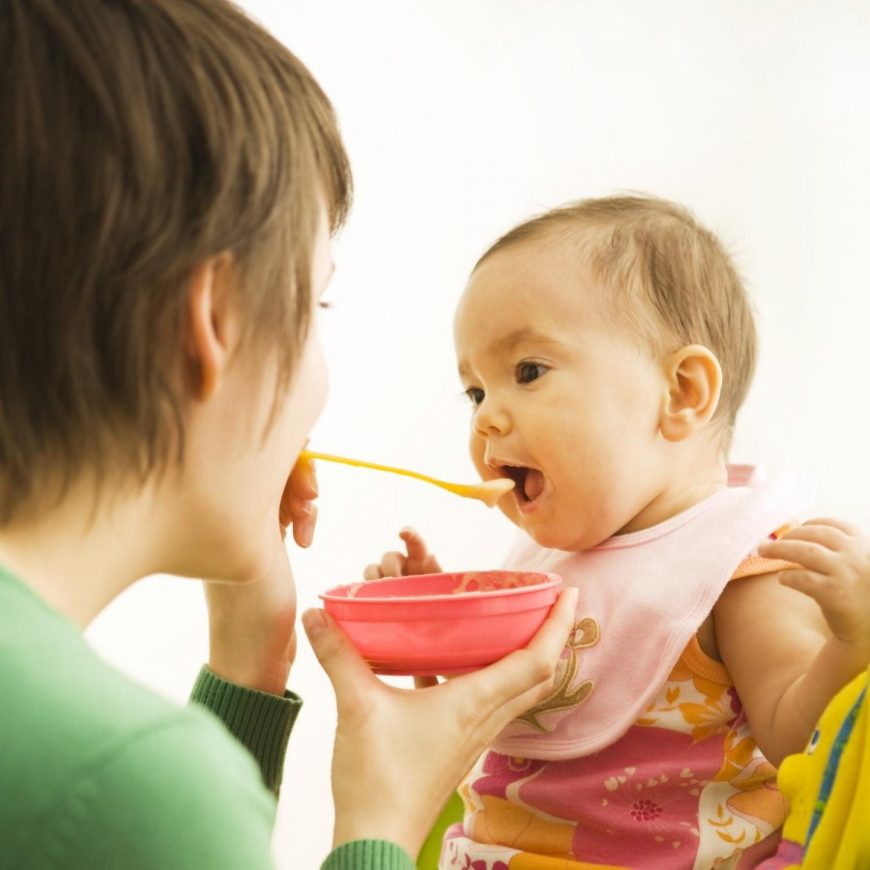
- It is necessary to provide proper nutrition to the student and teach him to eat wholesome food
- Principles of healthy eating
- A child over the age of 7 needs a balanced, healthy diet just as much as younger children.
- The main nuances of nutrition for children of this age are as follows:
- During the day, enough calories should be supplied from food to cover the energy expenditure of the child.
- Schoolchildren's diet should be balanced in essential and non-essential nutrients. To do this, it is recommended to diversify it as much as possible.
- It is important to take into account the individual characteristics of the child's body.
- A minimum of 60% of the protein in a school child's diet must come from animal products.
- The amount of carbohydrates received from food for a student should be 4 times more than the amount of protein or fat.
- Fast carbohydrates, presented in the child's menu with sweets, should be up to 10-20% of all carbohydrates.

- It is important to have a meal schedule so that the child eats regularly.
- The student's diet should include bread, potatoes, cereals. Flour products for a child should be cooked on wholemeal flour.
- The child should eat fish once or twice a week. Also, at least once in the weekly menu of the student should be red meat.
- Legumes for a child of this age are recommended to eat 1-2 times a week.
- Your child should have five servings of fruits and vegetables per day. One serving is considered an orange, apple, banana or other medium fruit, 10-15 berries or grapes, two small fruits (apricot, plum), 50 g of vegetable salad, a glass of juice (only natural juice is taken into account), a tablespoon of dried fruits, 3 tbsp. l. boiled vegetables.
- Dairy products should be consumed daily by the child. Three servings are recommended, one of which can be 30 g of cheese, a glass of milk, one yogurt.
- Sweets and fatty foods are acceptable in a student's diet, as long as they do not replace wholesome and healthy foods, as there are very few vitamins and minerals in cookies, cakes, waffles, french fries and other similar foods.
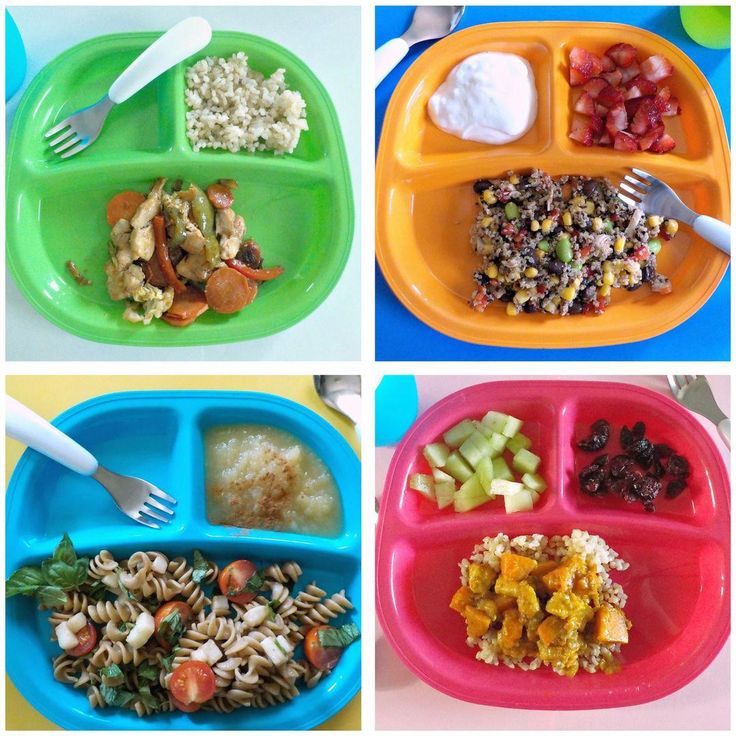
- It is worth minimizing the intake of synthetic food additives, as well as spices.
Include fresh fruit and vegetable juices in your child's diet
Schoolchildren's needs
| 6-9 years old | 10-13 years old | 14-17 years old | |
| Energy requirement (in kcal per 1 kg of weight) | 80 (average 2300 kcal per day) | 75 (average 2500-2700 kcal per day) | 65 (average 2600-3000 kcal per day) |
| Protein requirement (g per day) | 80-90 | 90-100 | 100-110 |
| Fat requirement (g per day) | 80 | 85-95 | 90-100 |
| Carbohydrate requirement (g per day) | 320-260 | 360-400 | 400-440 |
| Curd | 50 g | 50 g | 60 g |
| Meat | 140 g | 170 g | 200-220 g |
| Milk and dairy products | 500 ml | 500 ml | 500-600 ml |
| Eggs | 1 piece | 1 piece | 1 piece |
| Cheese | 10-15 g | 10-15 g | 10-15 g |
| Fish | 50 g | 50 g | 60-70 g |
| Sugar and sweets | 70 g | 80 g | 80-100 g |
| Bakery products | 225 g | 300 g | 300-400 g |
| Of which rye bread | 75 g | 100 g | 100-150 g |
| Flour | 25 g | 30 g | 30-35 g |
| Cereals, pasta and legumes | 35-45 g | 50 g | 50-60 g |
| Vegetables | 275-300 g | 300 g | 320-350 g |
| Potato | 200 g | 250 g | 250-300 g |
| Raw fruit | 150-300 g | 150-300 g | 150-300 g |
| Dried fruits | 15 g | 20 g | 20-25 g |
| Butter | 25 g | 30 g | 30-40 g |
| Vegetable oil | 10 g | 15 g | 15-20 g |
Diet
A school-going child's eating habits are affected by changes in education.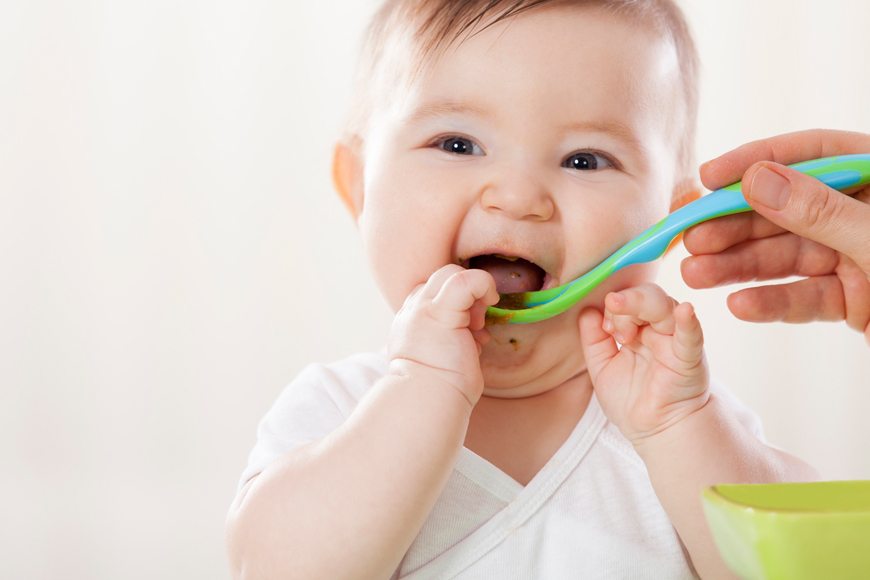 If the child studies in the first shift, then he:
If the child studies in the first shift, then he:
- Breakfast at home at about 7-8 o'clock.
- Snacks at school at 10-11 o'clock.
- Lunches at home or at school at 13-14 o'clock.
- Dinner at home around 7 pm.
A child whose education takes place on the second shift:
- Breakfast at home at 8-9 o'clock.
- Has lunch at home before going to school at 12-13 o'clock.
- Snacks at school at 4-5 pm.
- Dinner at home at about 20 o'clock.
Breakfast and lunch should be the most energetically valuable and provide a total of about 60% of daily calories. The child should have dinner a maximum of two hours before he goes to bed.
A good appetite is most often associated with an established diet and significant physical activity during the day
What are the best ways to prepare food?
Schoolchildren can cook food in any way, but it is still not recommended to get involved in frying, especially if the child has low activity or has a tendency to gain subcutaneous fat. The most optimal types of cooking for children are stewing, baking and boiling.
The most optimal types of cooking for children are stewing, baking and boiling.
What foods should be limited in the diet?
Try to limit the following foods in the child's menu:
- Sugar and white bread - when consumed in excess, they cause weight gain.
- Products containing food additives (dyes, preservatives, etc.).
- Margarine.
- Out-of-season fruits and vegetables.
- Sweet soda.
- Products with caffeine.
- Mayonnaise, ketchups and other industrial sauces.
- Spicy dishes.
- Fast food.
- Raw smoked sausages.
- Mushrooms.
- Deep-fried dishes.
- Juices in packages.
- Chewing gum and lozenges.
Carbonated drinks and foods with harmful additives should be excluded from the diet as much as possible
What liquids should be given?
The best drinks for a school-age child are water and milk.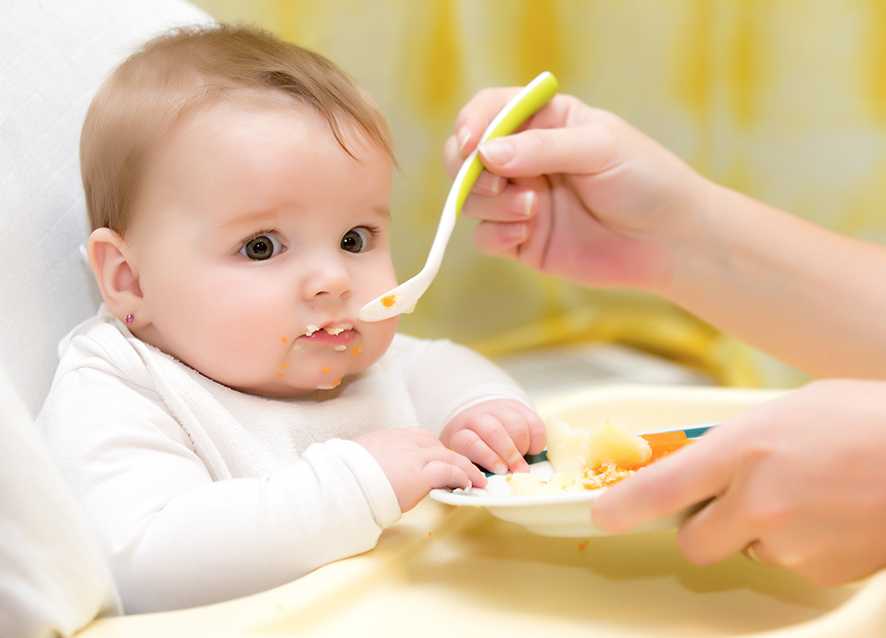 The disadvantages of juices are high sugar content and high acidity, so they should either be given at meals or diluted with water.
The disadvantages of juices are high sugar content and high acidity, so they should either be given at meals or diluted with water.
The total amount of fluid a student should consume per day is affected by their activity, diet and weather. If the weather is hot and the child is active, give the child more water or milk.
Carbonated beverages and caffeinated products are not recommended in primary school age. It is permissible for older students to give such drinks, but not during meals, since iron absorption worsens due to caffeine.
How to make a menu?
- For breakfast, it is advised to give 300 g of the main dish, for example, porridge, casseroles, cheesecakes, pasta, muesli. Offer him 200 ml of a drink - tea, cocoa, chicory.
- At lunch, it is advised to eat a vegetable salad or other snack up to 100 g, a first course up to 300 ml, a second course up to 300 g (it includes meat or fish, as well as a side dish) and a drink up to 200 ml.
